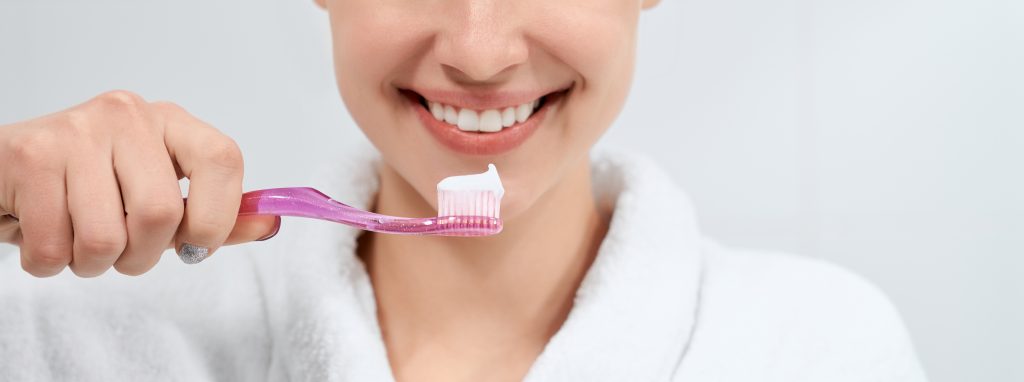
Choosing the right toothbrush might seem like a simple task, but with so many options available, it can quickly become overwhelming. From different bristle types to varying shapes, sizes, and even technological advancements, each toothbrush offers unique benefits that cater to individual dental needs. At Parkway Dental Center, we understand the importance of maintaining a healthy smile, and it all starts with the basics—your toothbrush.
When selecting a toothbrush, the first factor to consider is the bristle type. Toothbrushes typically come with soft, medium, or hard bristles. For most people, a toothbrush with soft bristles is the best choice. Soft bristles are gentle on the gums and effectively remove plaque without causing damage to tooth enamel. While medium or hard bristles may seem like a better option for achieving a thorough clean, they can be too abrasive, especially for those with sensitive teeth or gum recession. A soft-bristled toothbrush strikes the perfect balance, providing an effective clean while preserving your oral health.
The next step in choosing a toothbrush is finding the right size. A toothbrush should comfortably fit in your hand and easily reach all areas of your mouth. The head size should be small enough to maneuver around your teeth, especially in hard-to-reach places like the back molars. For adults, a head that is about an inch long and half an inch wide is generally ideal. For children, smaller heads are more appropriate to accommodate their smaller mouths. Remember, the more comfortable and accessible the toothbrush, the more likely you are to brush effectively.
Manual or electric? This is a question many people ask when choosing a toothbrush. Both types have their advantages. Manual toothbrushes are affordable, widely available, and easy to use. They give you full control over the pressure and movement while brushing. Electric toothbrushes, on the other hand, are often more effective at removing plaque due to their vibrating or oscillating bristles. They can be particularly beneficial for individuals who struggle with manual dexterity, such as young children or older adults. Ultimately, the best toothbrush is the one you feel most comfortable using consistently.
Aside from these practical considerations, it’s also essential to evaluate the design of your toothbrush. Some toothbrushes come with special features like angled bristles or ergonomic handles designed to enhance cleaning efficiency. Angled bristles can help reach the sides of teeth and around the gum line, where plaque tends to build up. Ergonomic handles make it easier to grip and maneuver, especially for those with arthritis or other conditions affecting hand strength. Choosing a design that suits your specific needs can make a significant difference in your daily oral hygiene routine.
Lastly, don’t overlook the importance of replacing your toothbrush regularly. Regardless of the type of toothbrush you choose, it’s crucial to replace it every three to four months, or sooner if the bristles become frayed. Worn-out bristles are less effective at cleaning teeth and may harbor bacteria, which can lead to dental issues over time. By ensuring that your toothbrush is always in optimal condition, you’re taking a small yet impactful step toward maintaining your oral health.
Selecting the right toothbrush is more than just picking the first one off the shelf; it’s about understanding your unique dental needs and finding a tool that meets them. Whether you opt for soft bristles, a compact head, a manual design, or an electric one, what matters most is that you use it correctly and regularly. At Parkway Dental Center, we encourage you to choose a toothbrush that feels comfortable and helps you maintain a healthy, beautiful smile.
